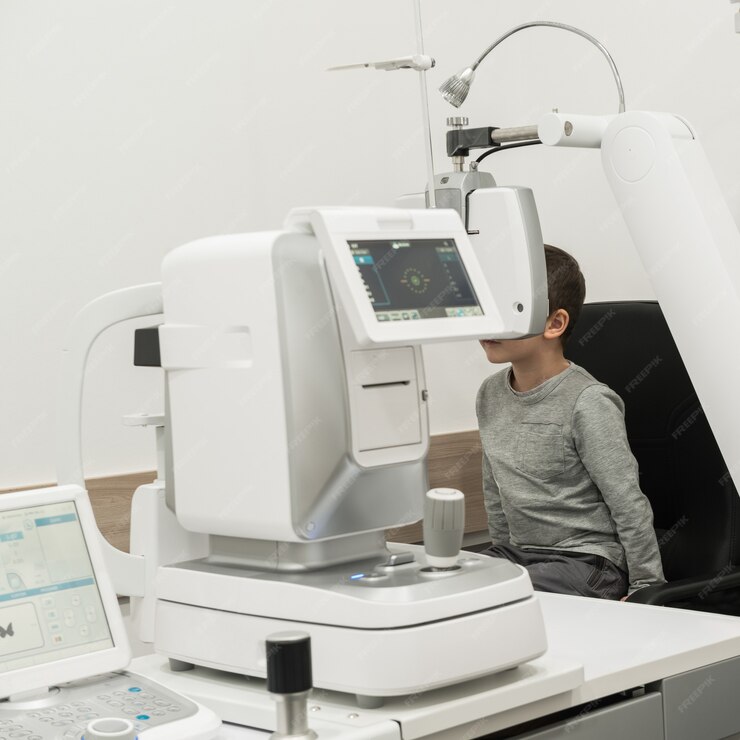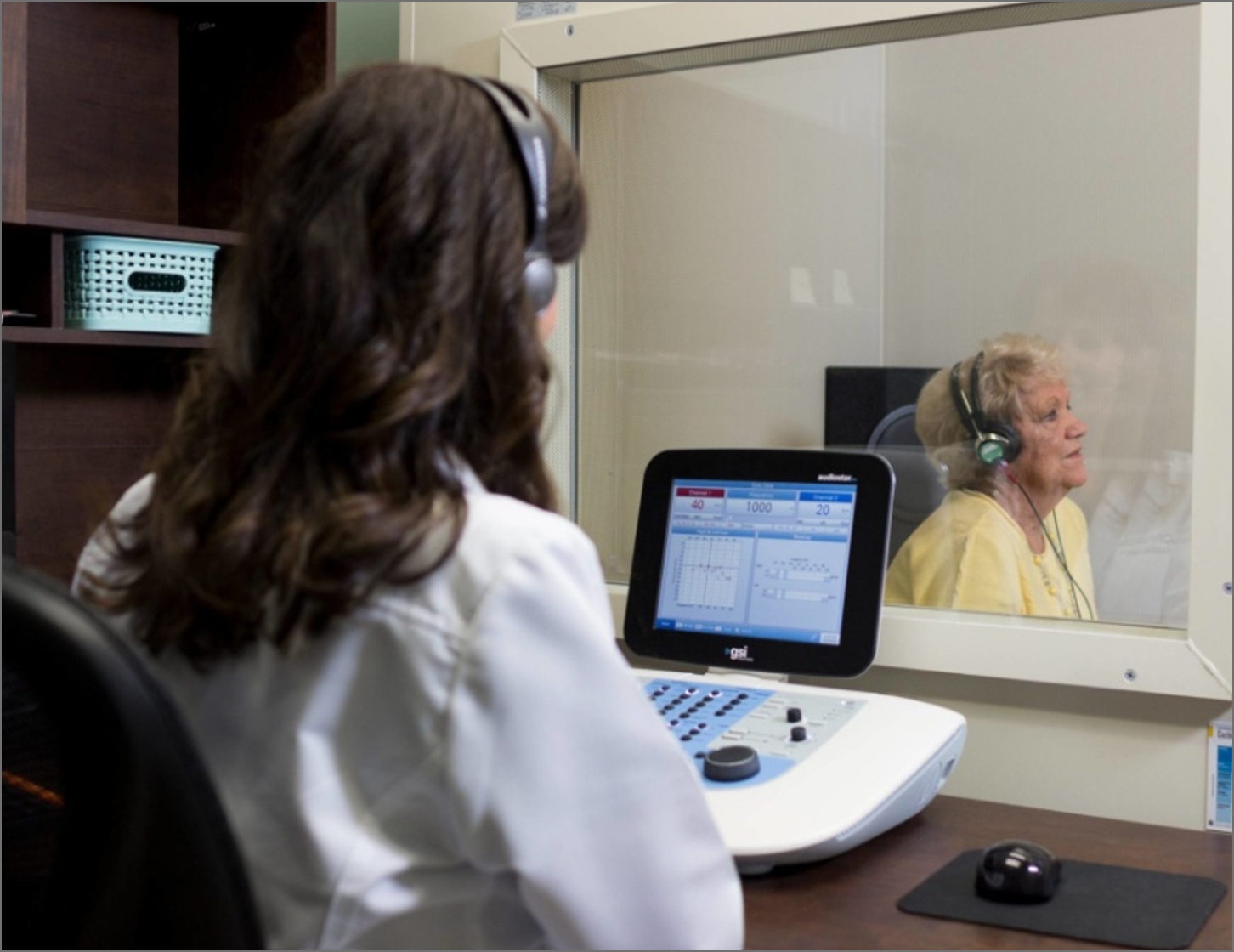What is ENG Test?
An ENG (Electronystagmography) test is a diagnostic procedure used to evaluate the function of the inner ear and the central nervous system pathways associated with balance and eye movement. For audiometry purposes, the ENG test often complements hearing assessments to diagnose conditions like vertigo, dizziness, and other balance-related disorders.
The ENG test assesses involuntary eye movements (nystagmus) triggered by the inner ear and brain signals. It helps in identifying issues such as vestibular dysfunction, Meniere’s disease, or nerve damage affecting balance and hearing.
Procedure
Small electrodes are placed around the eyes to measure electrical activity during specific movements or stimuli. The test may involve:
- Following moving objects with the eyes.
- Positional changes of the head or body.
- Stimulating the inner ear with warm or cold air or water (caloric testing).


Integration with Audiometer:
When combined with audiometry, the ENG test provides a comprehensive analysis of the auditory and vestibular systems. Audiometers are typically used to assess hearing thresholds, while ENG focuses on balance and neurological responses.
Clinical Relevance:
Results from the ENG test are vital in forming a complete diagnosis of disorders that affect hearing and equilibrium, aiding in effective treatment planning.

Benefits of an ENG Test
An ENG (Electronystagmography) test is a critical diagnostic tool for evaluating the vestibular system and balance mechanisms. Here are its key benefits:
- Accurate Diagnosis of Balance Disorders: Helps identify the root cause of dizziness, vertigo, and imbalance.
- Comprehensive Vestibular Function Assessment: Evaluates the function of the inner ear and brain’s balance mechanisms.
- Early Detection of Neurological Conditions: Identifies conditions like Meniere’s disease, strokes, and brain tumors affecting balance.
- Customized Treatment Planning: Provides data to create personalized rehabilitation or treatment plans.
- Non-Invasive and Safe: A painless, risk-free test suitable for most patients.

